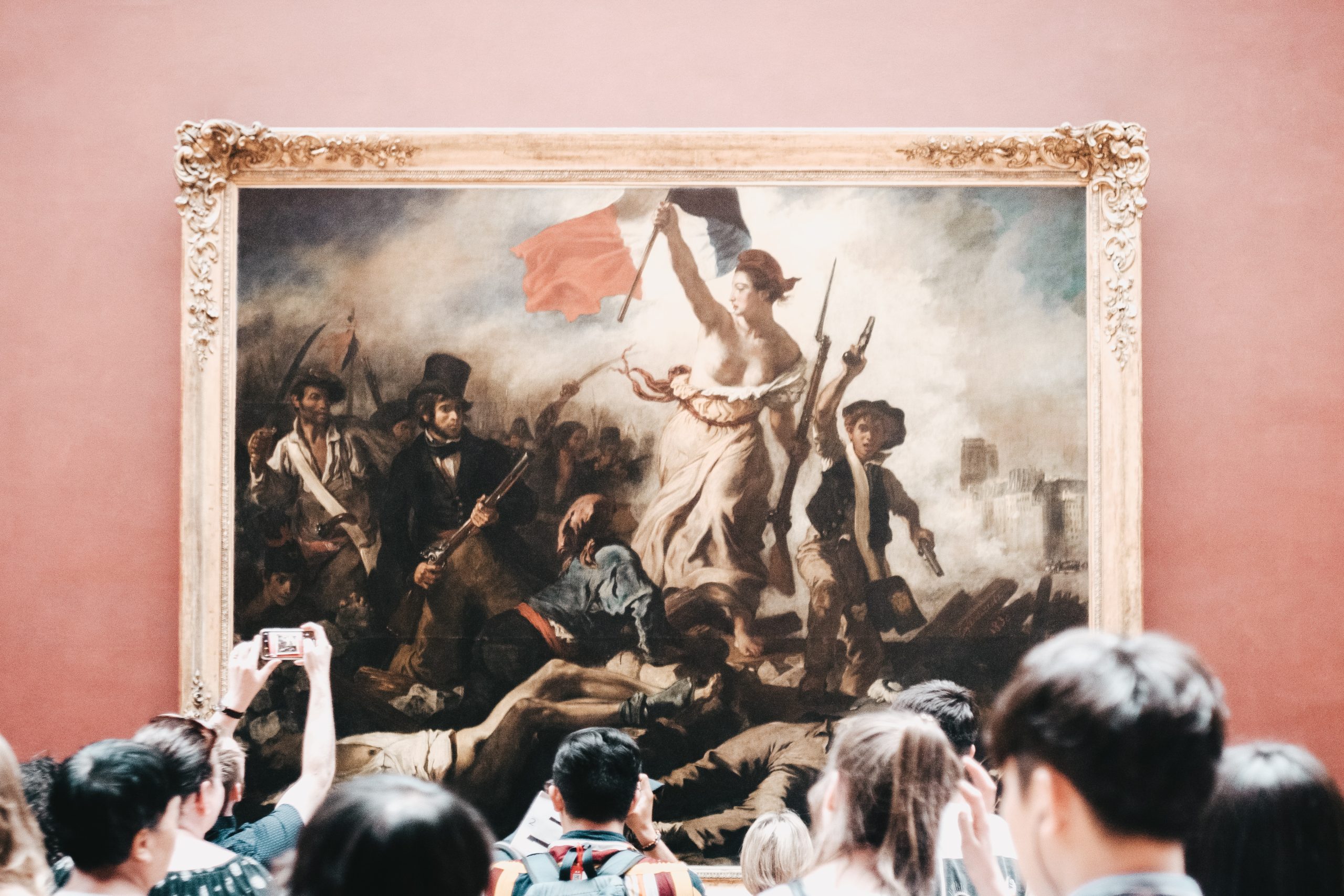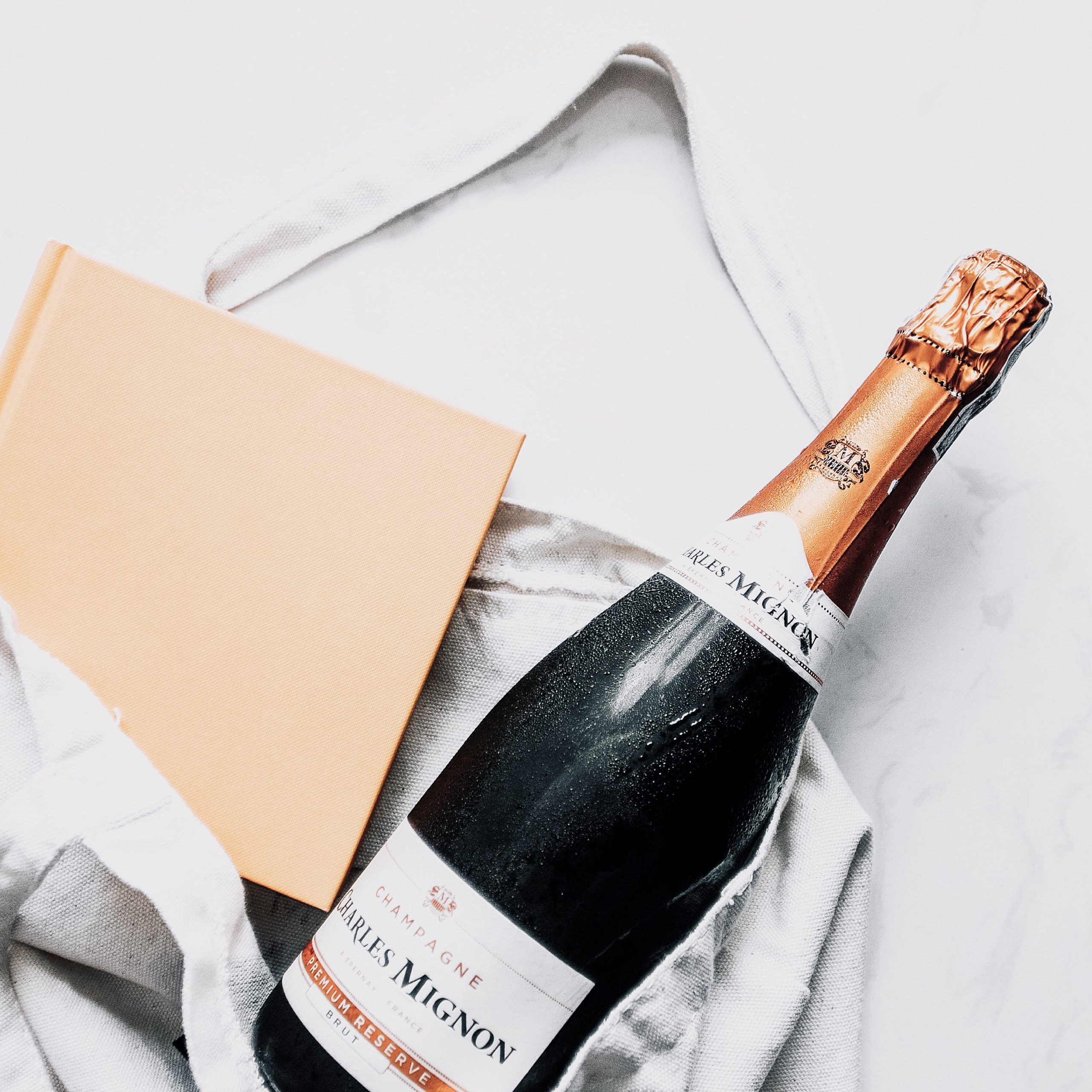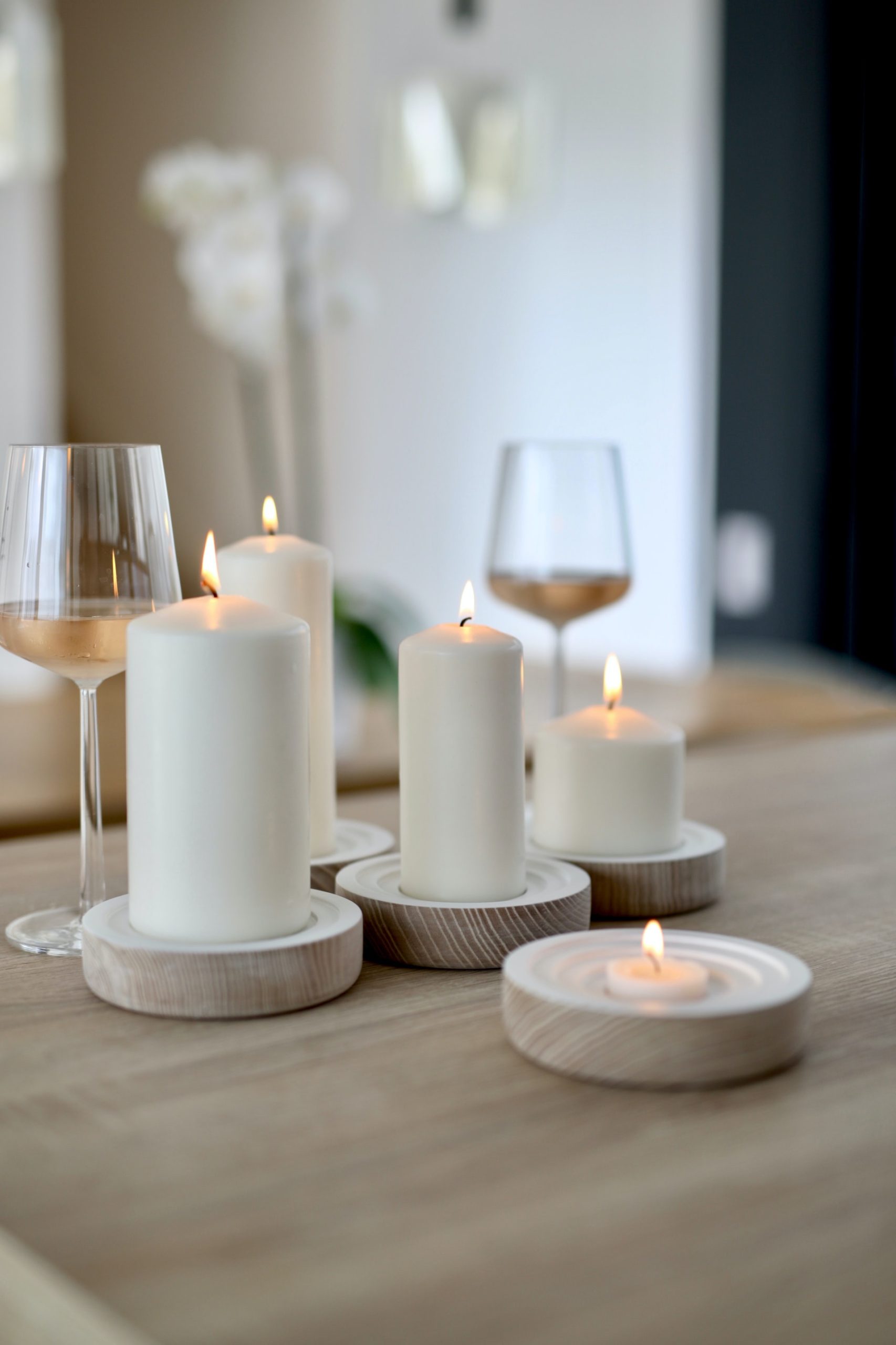“I only drink Champagne when I’m happy, and when I’m sad. Sometimes I drink it when I’m alone. When I have company I consider it obligatory. I trifle with it if I am not hungry and drink it when I am. Otherwise I never touch it – unless I’m thirsty.”
– Madame Lily Bollinger
When I was 18 I took my first trip to the Champagne region of France, thus igniting my love for the illustrious drink. Over the years I have spent time learning about Champagne, which houses I prefer along with how to handle and serve the drink itself. With that knowledge, I’ve put together 7 quick tips if you are looking to learn more about the famous drink!
- Perhaps the most common misconception is that all sparkling wine is Champagne. However, just because a sparkling wine is labeled Champagne, does not mean that it actually is, e.g. Cook’s, André or Korbel. Referring to one of these sparkling wines as Champagne is not only a faux pas but also a cardinal sin to any Champagne lover. True Champagne can only be produced in the Champagne region of northeastern France. Make sure to read the labels. There may be sticker shock if you are new to Champagne, as it is hard to find a bottle under $40.
- You should not keep your Champagne in the refrigerator for more than a few days prior to opening. The low temperature and lack of humidity will dry out the cork, reducing the airtight seal. This will change the flavor and disturb the bubbles, spoiling your precious Champagne.
- Chill your bubbly by placing it in on a shelf in the refrigerator 30-45 minutes before serving or cool it down by placing it in a wine bucket filled with one part ice and one part water. You can keep it uncorked in the bucket all night – if it lasts that long!
- Always keep your Champagne in a cool (not cold), dark place.
- To uncork your Champagne, place your bottle at a 45 degree angle holding the loosed muselet (the wire cage) and the cork in place while twisting the bottle.
- Fill your Champagne to the widest point of the glass or about halfway. This allows for the aromas to stay within the glass, producing the optimal flavor.
- Always hold your Champagne glass from the stem. (Technically, you should hold any wine glass from the stem.) This prevents you from warming the drink with your fingertips.

Don’t underestimate the affect your glass can have on your Champagne.
Perhaps the most glamorized Champagne glass- the coupe, has been around for hundreds of years. While I agree that there is a feeling of elegance that comes with drinking from a coupe- it is the least desirable for sipping Champagne. The shape of the coupe allows the effervescence to dissipate quickly along with a loss of aroma. Save this beloved, glamorous glass for cocktails rather than your precious bubbly.
Next, we have the flute- the most iconic Champagne glass of the modern era. The shape of this glass is undeniably associated with anything bubbly. We wouldn’t think of drinking red wine out of a flute, however, should we be drinking our bubbly from it? The answer is, no. Initially, this was the ideal solution to the coupe because the elongated shape allows for the continual rotation of bubbles. This means the effervescence will stick around longer than it would in a traditional coupe. The downside of a flute is that it has very little surface area, therefore, allowing the aromatics of the Champagne to dissipate, ultimately compromising the intended flavor.
The tulip glass is the gold standard for enjoying your Champagne. The shape of this glass optimizes the rotational flow, while not allowing the effervescence to escape, due to the curvature of the glass. This allows for effervescence longevity and the optimal flavor profile for your Champagne to shine. Ultimately, if you do not have access to a tulip you’re better off drinking your bubbly out of a white wine or brandy glass… or if you’re feeling it- straight out of the bottle!

I tend to be a purist when it comes to how I consume Champagne. Therefore, if I’m serving mimosas or any mixed drink that calls for Champagne, I opt for a cheaper alternative. Below are two of my favorite Champagne substitutes that can be enjoyed on their own or used when making a cocktail that calls for bubbly.
Saint-Hilaire de Limoux is the closest to Champagne you’ll get. I love this sparkling wine. The bubbles are small and the flavors are bright. I promise you’ll fall in love, too!
Mionetto Prosecco Brut tends to be the more accessible of the two. You can find it almost anywhere, and it’s so affordable. This dry, fruity Prosecco will be a new go-to for any occasion.
[/vc_column_text]
















